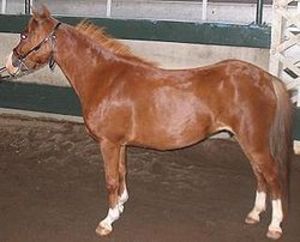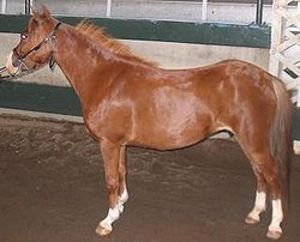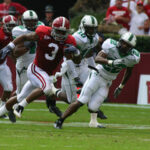How to look after Shetland ponies, also known as United Kingdom or Traditional Shetlands, is not much different from looking after a full-sized horse. Although they have the reputation of being self-sufficient, Shetlands need just as much veterinary, grooming and stabling care.
Which Shetland?
About 1900, there was only one type of Shetland pony – the type now called the traditional or United Kingdom Shetland in America. In the UK, they are still known as just Shetland ponies, unless they are of the dwarf variety, and then they are called dwarf Shetlands.
How to look after Shetland ponies differs depending on which Shetland variety you have. In America, there are four varieties – the United Kingdom, the American, the Modern American, the Classic American and the National Show Pony. The other three varieties need to be cared for like a small American Saddlebred or a Hackney pony. But the traditional Shetland is cared for differently. All Shetlands need stabling or at least a three-sided shelter in a paddock.
Feeding
In general, ponies need less food than a full-sized horse. They should never be fed grain unless they are pregnant or doing extensive exercise or if a vet recommends that grain be added to the diet. Shetlands under these conditions should not consume more than four pounds of grain per day. Shetlands need to be started gradually on grain if they are going to be fed grain, otherwise they will colic. Ponies cannot vomit so if they eat too much and manure cannot pass, their intestines can become blocked, twisted and sections can die.
Shetlands are prone to becoming obese. This can lead to chronically painful health conditions such as laminitis or founder, an intensely painful inflammation of the hooves. Although a Shetland pony has a better chance of surviving founder, it also is far more prone to developing founder in the first place.
Ponies should be given pasture feeding and hay. Often they only need one flake of high-quality hay per day, but they may need more during winter when their bodies are burning calories in order to stay warm. Ponies should always have access to water and a salt lick but check to be sure the pony is not eating chunks of it at a time.
Small ponies are often denied veterinary care because their owners were too ignorant to realize the ponies needed it. They argue that the ponies survived for centuries in the harsh conditions of the Shetland Isles and so do not need care. This is wrong and considered abuse.
Shetlands need to be dewormed as often as any other horse. Check with your veterinarian as to how often because the frequency depends on where you live. Wormer brands need to be rotated every third or fourth use because the parasites can become immune to the same wormer being used all of the time.
Be sure to get their teeth checked and floated every six months. They also need their hooves trimmed if they are not being driven on roads or bone-dry land. Unless the owner is experienced in trimming hooves, a professional farrier should undertake this job. Improperly trimmed hooves can make a pony lame quickly.
In Conclusion
Although United Kingdom Shetlands need less food and produce fewer feces than a full grown horse, they still need the care of a full-grown horse. They need to see a vet and farrier regularly. Although their ancestors survived the bitter weather of the Shetland Isles, today’s Shetlands need shelter, especially in inclement weather. There is a lot more to know about caring for Shetland ponies than this article sketches out, but these are some things to consider before bringing a pony home.
Sources
Dutson, Judith. Storey’s Illustrated Guide to 96 Horse Breeds of North America. Storey Publishing; 2005.
Bedell, L. Frank. The Shetland Pony. Iowa State University Press; 1959.
The Horse. “Laminitis Diagnosis and Treatment.” http://www.thehorse.com/Video.aspx?vID=421




